Ranked: Cycling's 10 biggest badasses
Pro cyclists are as hard as nails but which has earned a black belt in badassery? Will the following titans of tough take a bow...

After a lockdown binge session of Netflix Karate Kid spin-off Cobra Kai, the Cycling Weekly staff got to wondering which riders would be ‘badass’ enough to meet the standards of its protagonist Jonny Lawrence. This is the result.
Bernard Hinault

‘Finally!’ you could almost hear Bernard Hinault inwardly sigh (or, more accurately ‘enfin!’), as a protester threatened to disrupt podium proceedings at the 2008 Tour de France and, at last, Le Blaireau, by now well into retirement, was once again handed carte blanche to start kicking ass and taking names. As well as winning almost everything he set his mind to, Hinault was a true patron of the peloton, with a resting ‘come and have a go if you think you’re hard enough’ face to match. As well as ‘getting involved’ with race protesters, Hinault’s cycling highlights included saying Paris-Roubaix was rubbish and then winning it just to prove a point, and soloing to victory in appalling conditions in what was surely the toughest Liège-Bastogne-Liège ever. Eat yer heart out, the so-called ‘Cannibal’.
Sean Yates
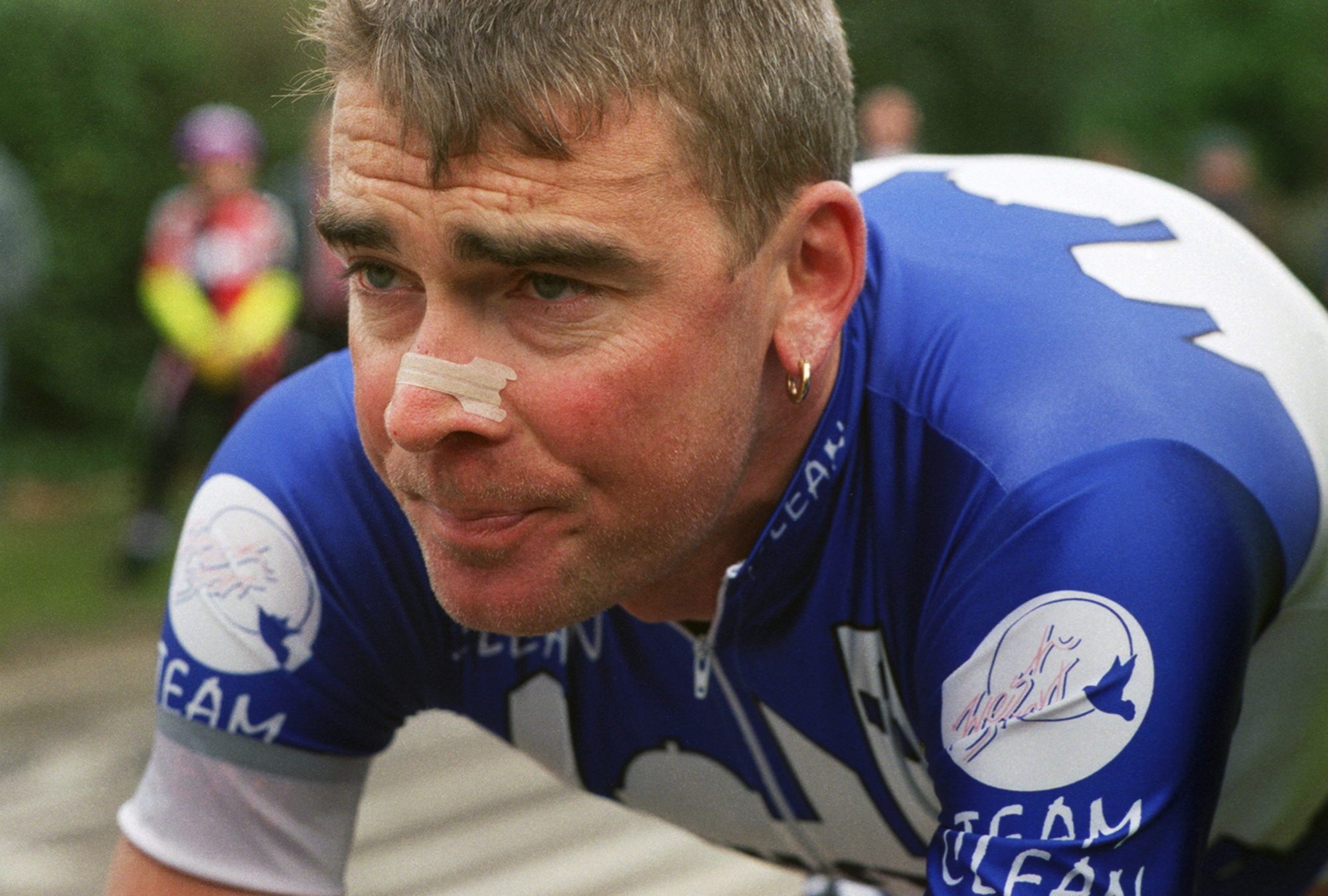
There weren’t many people that could put Lance Armstrong in his place, but Sussex badass Sean Yates did just that pretty much all through his career, first as a fellow rider and a mentor at Motorola in the early Nineties, and later at Discovery Channel and Astana, where he was a directeur sportif. But there is far more to Yates than bossing around errant Texans. From his early success in grass-roots time trialling in the UK, to a Tour de France stage win in 1988 followed by the yellow jersey in 1994, Yates these days has attained the lofty rank of ‘National Treasure’ and is still at it – he’s currently head of performance with Alberto Contador’s Eolo-Kometa ProTeam.
>>> Subscriptions deals for Cycling Weekly magazine
Sean Kelly
The latest race content, interviews, features, reviews and expert buying guides, direct to your inbox!
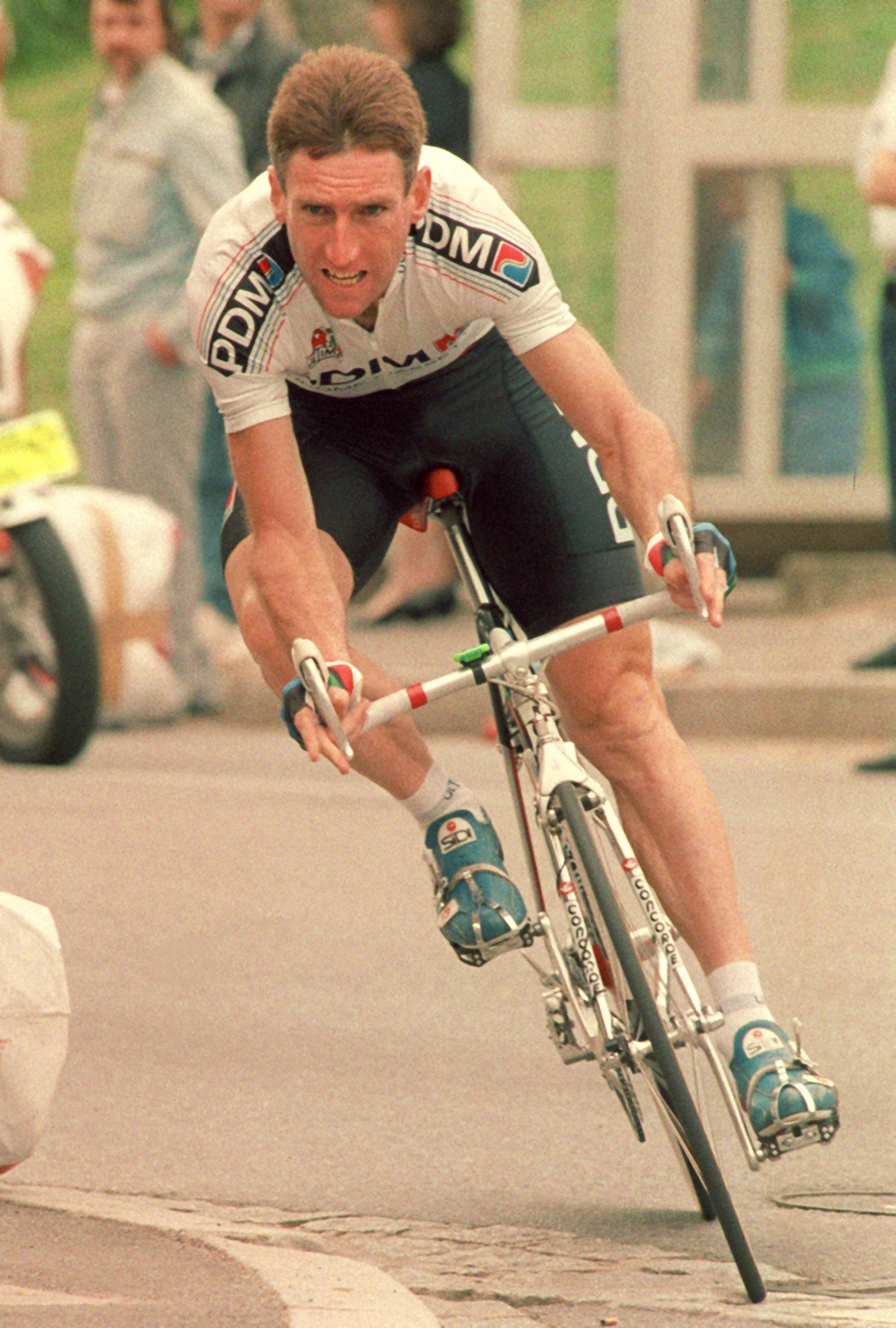
It can be hard to square the softly spoken and insightful race commentator we’re familiar with today with the Sean Kelly of old, rampaging across the entire calendar in full beast mode and sweeping up all before him. Paris-Nice tended to be the first port of call (he won seven in a row from 1982-88) followed by a date with the Classics (he won everything from Milan-San Remo to Roubaix to Liège – more than once), before taking on the Grand Tours, and usually coming home with something to show for it. One of four green jerseys for example. Or winning the Vuelta overall. They don't call him King Kelly for nothing.
Alberto Contador
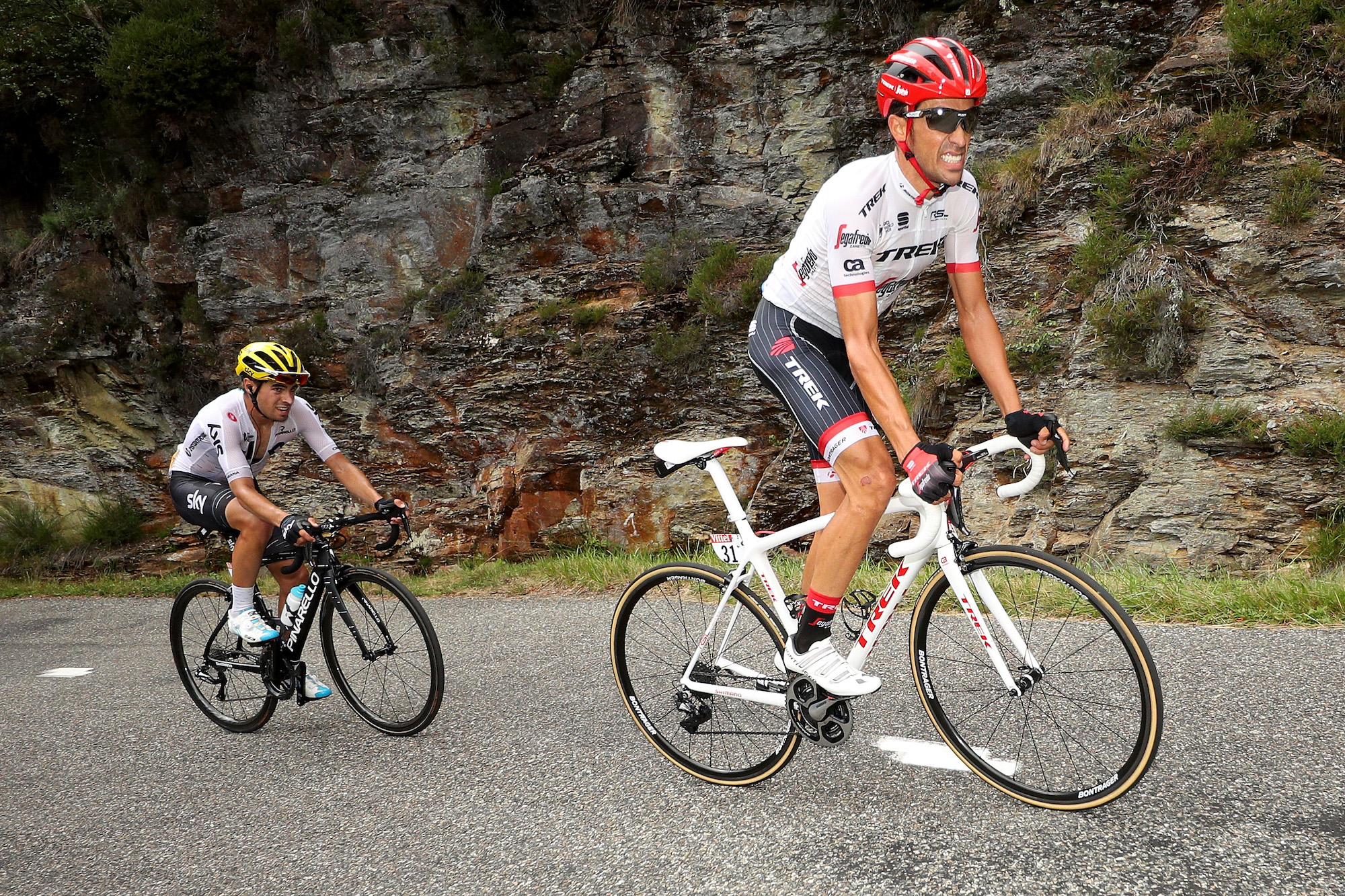
It takes balls to shoulder the nickname ‘El Pistolero’. You can’t be caught blubbing into your musette when you lose a race if you’ve set yourself up as some sort of Wild West gunslinger.
But there was no danger of that with the controversial Spaniard. Even when he had the misfortune to ride on the same team as Lance Armstrong who by all accounts, along with manager Johan Bruyneel, did his best to undermine Contador’s 2009 Tour de France victory, the Spaniard continued to bare his many teeth into his trademark grin – and win anyway. Of course, it wouldn’t be a Noughties Grand Tour without one of them being disqualified, and in this case it was Armstrong, whose third place that year was stripped from the records.
Thomas De Gendt
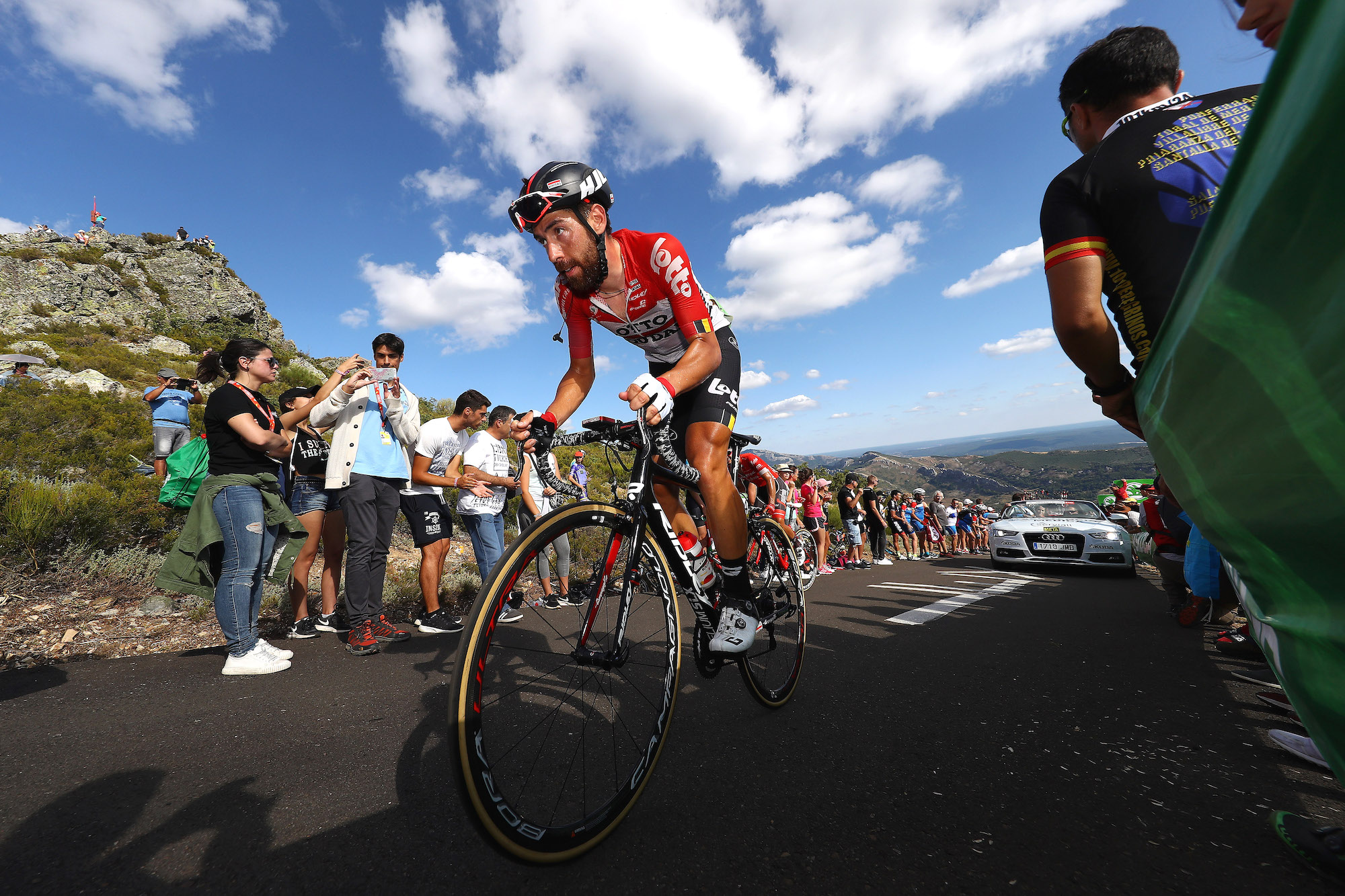
Meaty, juicy and full of flavour — no, not Thomas De Gendt as such, but the sausages he is so fond of (though these attributes could be used to describe TDG’s characterful riding). And any bike rider who loves sausages is all right in our book, although – full disclosure – De Gendt was sadly forced to give them up in order to lose the three kilos which really supercharged his riding and made him the long-distance breakaway force to be reckoned with that we know and love today.
Beryl Burton
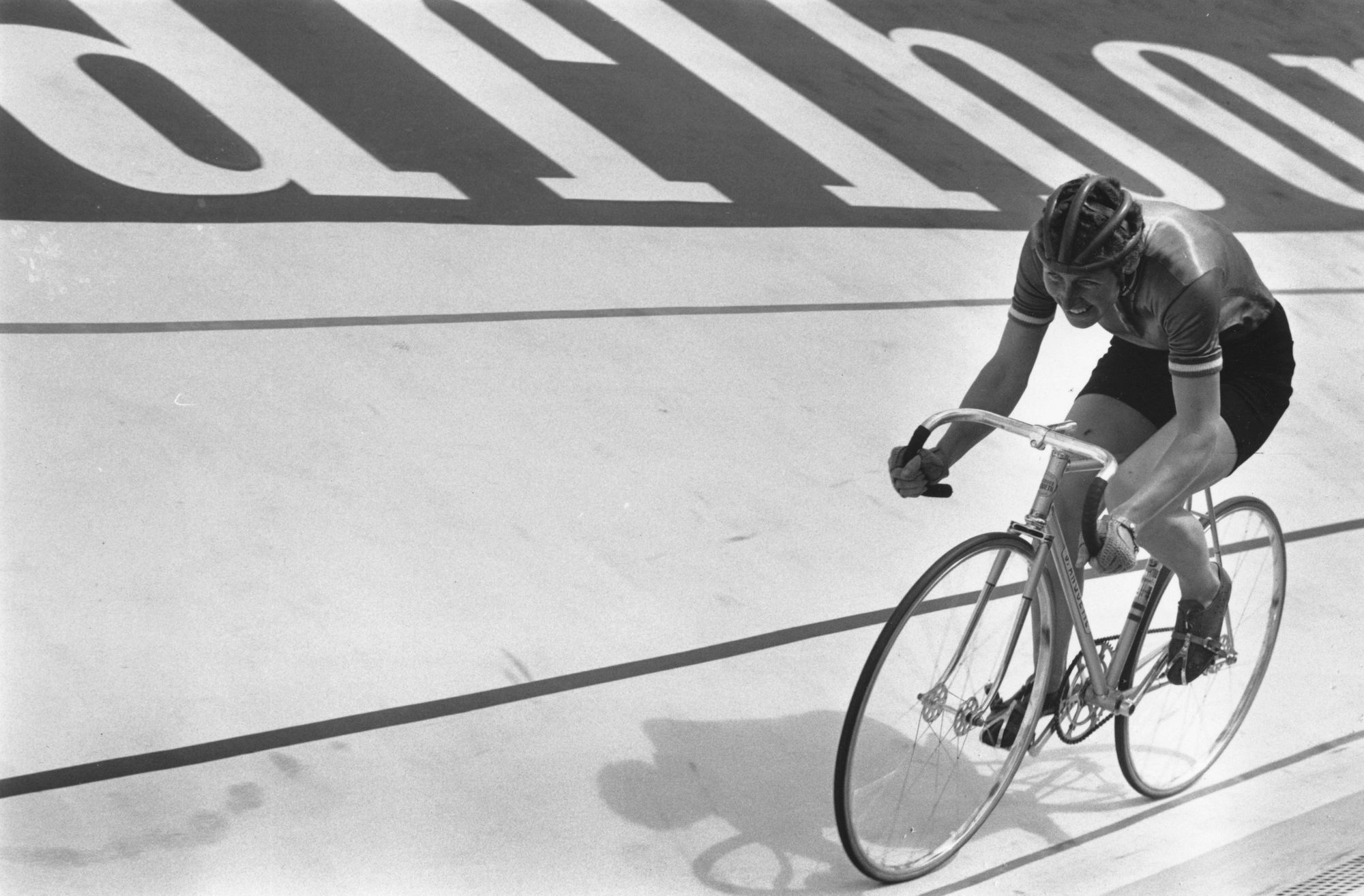
The story is legendary but bears repeating. Riding the Otley CC 12 hour time trial at her peak in 1967, Burton passed the final man to start – hot favourite Mike McNamara – and did one of the most badass things we can think of doing in such circumstances (not that we’d expect to find ourselves in them), casually offered him a Liquorice Allsort. She would go on to not just win the race but set a record for the ‘12-hour’. Her legacy still hangs over the sport of time trialling today whenever the issue of equality is mentioned – “Well Beryl used to beat the men.” Yes, but she was one of cycling’s biggest-ever badasses, it’s a high bar to clear.
Thor Hushovd
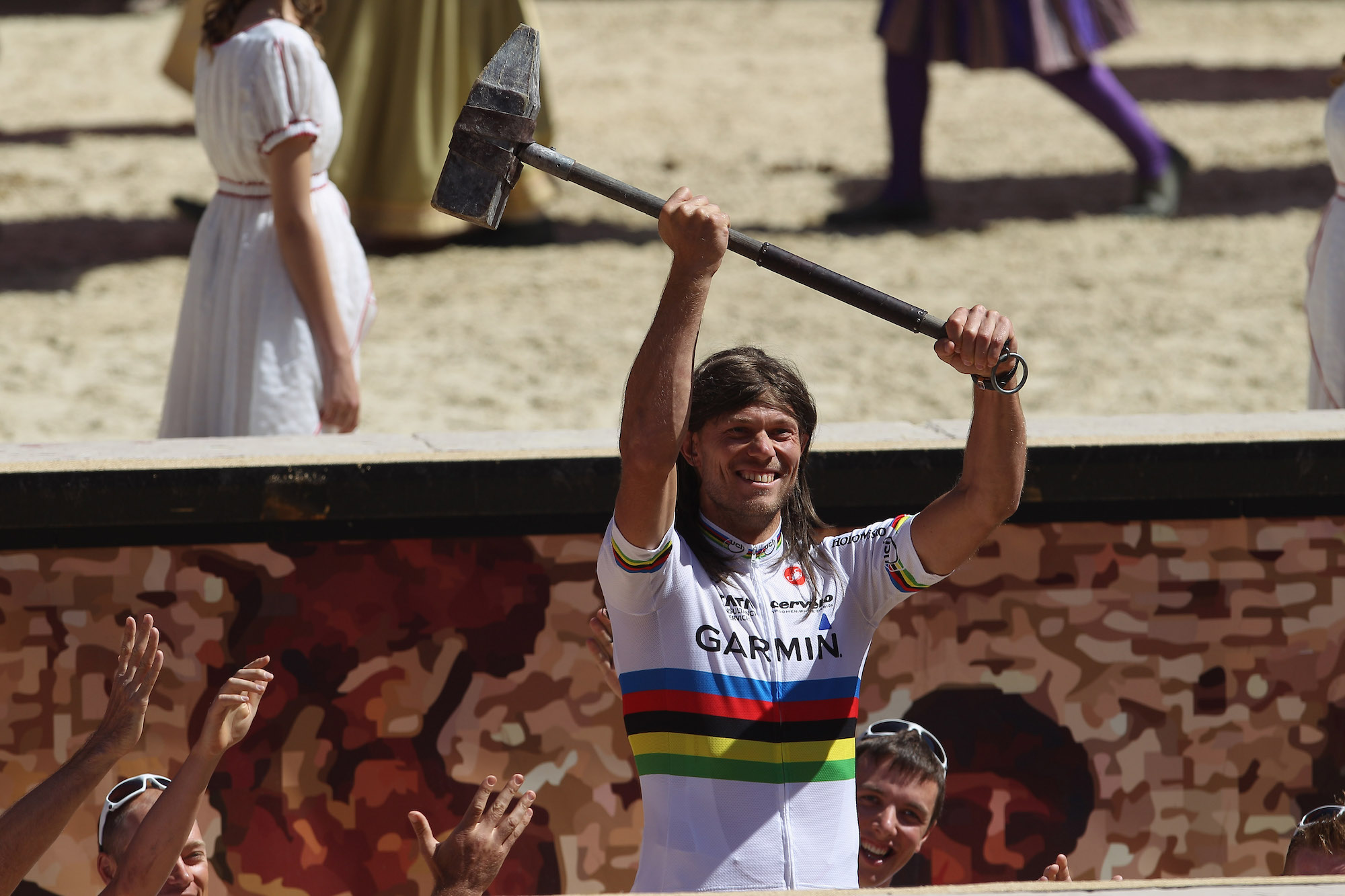
The man with a massive pair of hammers in his cycling shorts could scarcely have been named more appropriately, as those huge Norwegian quads rained down thunder and lightning in sprint finishes across the land. And when rival teams grew tired of offering up their best sprinters in ritual sacrifice, the Norse god cast his net wider, taking impressive wins in the Classics and even, in 2011, on mountains days in the Tour – while wearing the rainbow jersey. Badass indeed.
>>> Cycling Weekly is available on your Smart phone, tablet and desktop
Jacques Anquetil
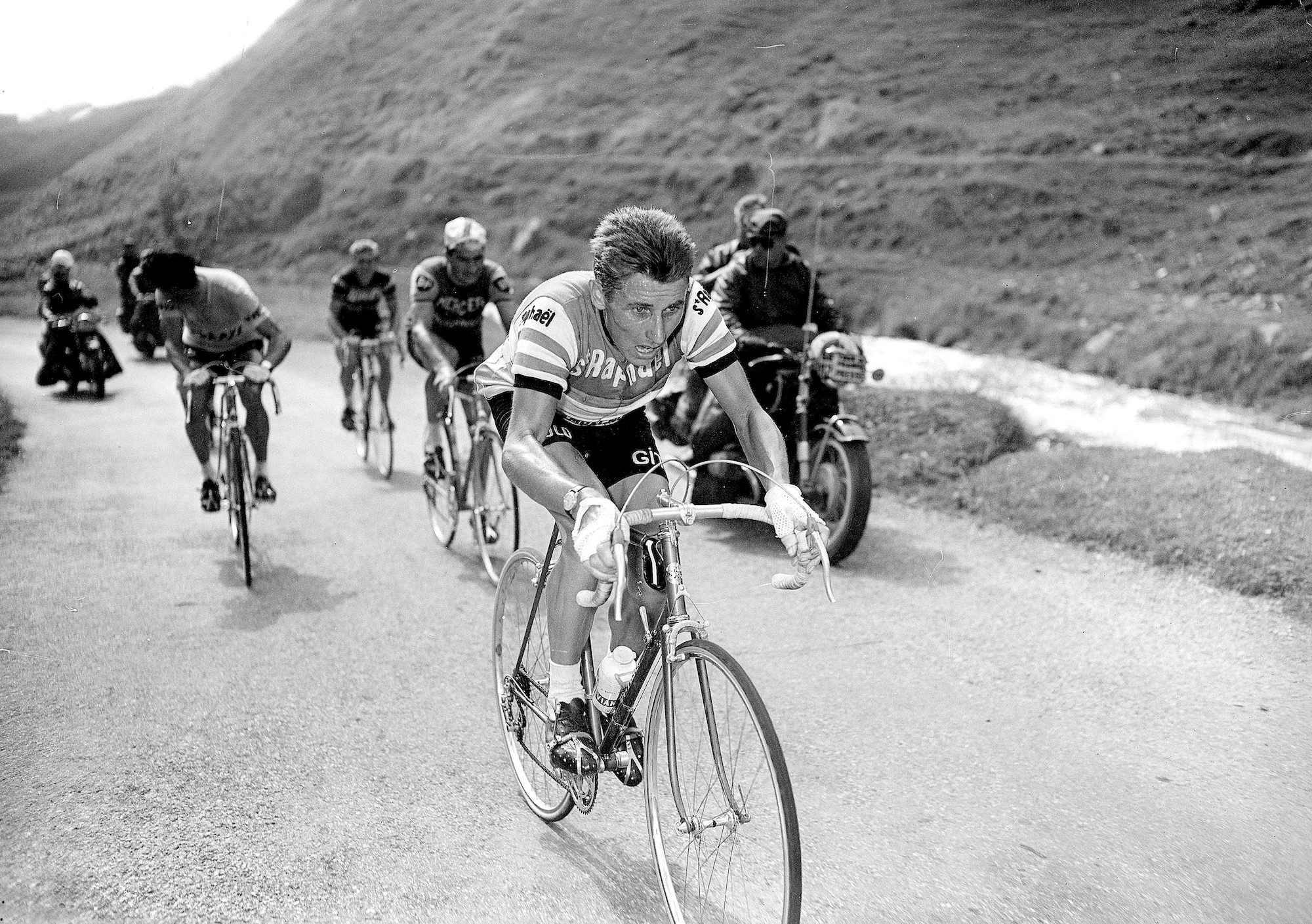
There’s badass and there’s Jacques Anquetil badass. His consistent, metronomic dismantling of the opposition, often in the time trials, could be seen as predictable, while his aloof demeanour didn’t endear him to home fans. But he was also a bit of a rock ‘n’ roller, a master of hubris with a fondness for the high life – perhaps exemplified by his claim that to prepare for a race there was nothing better than “a good pheasant, champagne and a woman”.
On the bike at least, one of his most enduring feats came in 1965. Having won the eight-day Dauphiné Libéré at a canter, collecting three stage wins in the process, he had a shower and a bite to eat before flying to the opposite side of the country for the mammoth 580km Bordeaux-Paris, which started at 1.30am the next morning. Of course, he won.
Octave Lapize
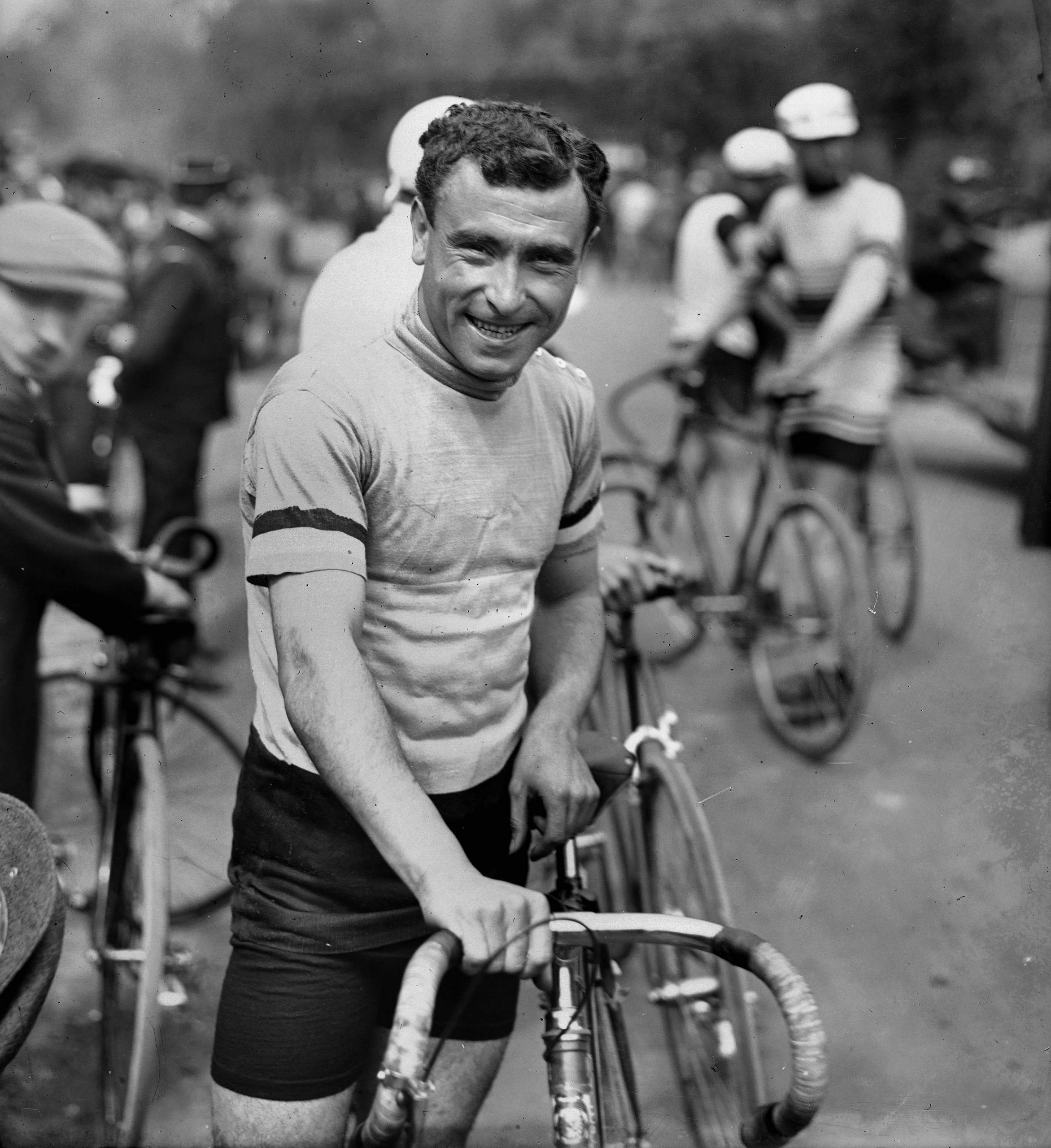
Cycling is a sport that constantly throws up feats of derring-do, even in these modern, more coddled times. But it’s hard to compete with those of riders like Frenchman Octave Lapize. The guy was simply on another level.
The first rider to the top after Henri Desgrange introduced the Tourmalet in the 1910 Tour de France, Lapize is famed for his protestation of “assassins!” directed at the race organisers as he approached the summit. But he won that Tour, as well as a total of three Paris-Roubaix, among many other victories. Unfortunately, his career was curtailed by the First World War, during which he served, and was decorated, as a fighter pilot – cycling’s very own Maverick. Sadly, Lapize paid the ultimate price, and died after being shot down in 1917. He is immortalised with a memorial atop the Tourmalet.
Alfonsina Strada
Benito Mussolini’s fascist Italy wasn’t known for encouraging the sporting excellence of women; they were encouraged to stay at home. So it takes a special one to thumb their nose at the prevalent social pressures of the day and become the first – and still only – woman to ever ride the Giro d’Italia, in 1924. Responding to an open invitation for riders (the product of a dispute between organisers and the pros) it wasn’t clear from her paperwork that she was a woman until she rocked up on the start line. Alfonsina rode three stages and was placed ahead of several men. She missed the time cut after a crash but, perhaps out of respect for her badassness, was allowed to continue for the rest of the race and finished with an unofficial time that was better than some men.
This feature originally appeared in the print edition of Cycling Weekly, on sale in newsagents and supermarkets, priced £3.25.
You can subscribe through this link here.
That way you’ll never miss an issue.
After cutting his teeth on local and national newspapers, James began at Cycling Weekly as a sub-editor in 2000 when the current office was literally all fields.
Eventually becoming chief sub-editor, in 2016 he switched to the job of full-time writer, and covers news, racing and features.
He has worked at a variety of races, from the Classics to the Giro d'Italia – and this year will be his seventh Tour de France.
A lifelong cyclist and cycling fan, James's racing days (and most of his fitness) are now behind him. But he still rides regularly, both on the road and on the gravelly stuff.
